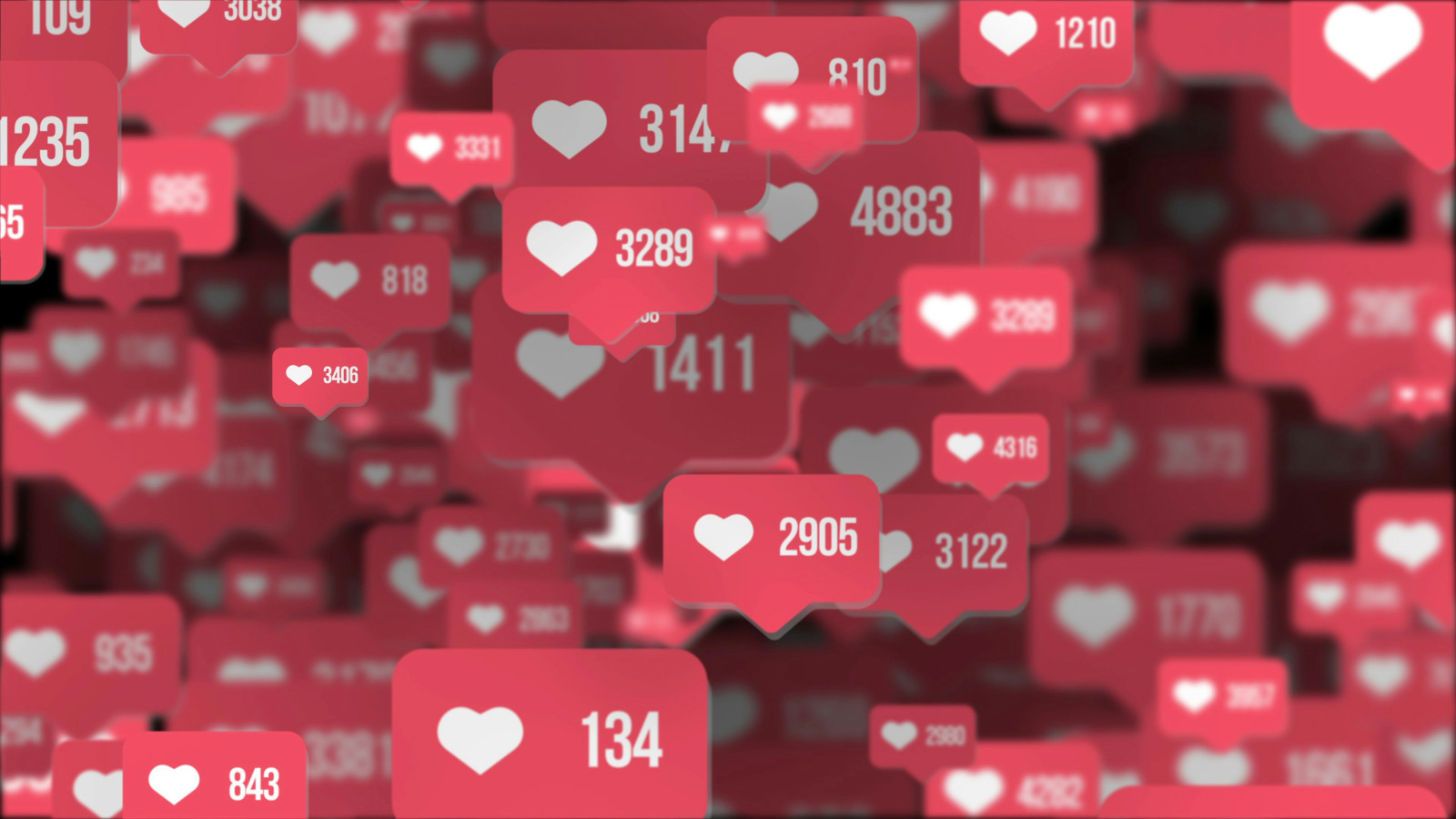What does it mean for OpenAI to go social?

Photo: Getty images

Key takeaways from this blog:
- Tech giants are doubling down on AI, with social seemingly the next frontier for innovation
- OpenAI may be flipping the script: not adding AI to a social platform, but building social around AI
- This could change how we create and share online – but potentially conflict with MIDiA's findings on the reasons audiences use social media platforms
AI has been the rallying cry of tech companies for the last two years. Nearly every internet-adjacent company is trying to fit it into their products. Some have made bigger bets than others – most notably in the social world.
Social is leaning into AI
Meta has been building its own large language model (LLM) called Llama, now available as an AI chatbot across Instagram DMs and WhatsApp. The addition of AI likely has several implications. For one, the company anticipates AI to be a big part of the future of the digital world. For another, it reveals a new way to use (and monetise) its hoards of user data without coming up against privacy concerns, shielded by AI’s black-box training.
X has undertaken a different path to a similar destination. The Grok AI assistant has been an increasingly emphasised part of the platform for the last two years. In March this year, Elon Musk went so far as to sell X to his other company, xAI (per the BBC). This move positions xAI as the ‘future’, with X only a part of it.
So with two of the largest and longest-standing social platforms now shifting towards AI aspirations, it is intriguing that Sam Altman’s OpenAI has been working on a social proposition of its own (according to The Verge).
Featured Report
Social 2025 Navigating platforms for fan power
The biggest apps are in the process of disruption. TikTok’s uncertain future and Meta’s apps relaxing content restrictions and fact checking will constitute greater challenges for creators, advertisers, and audiences looking to use and benefit from these platforms.
Find out more…Can AI lean into social?
Altman previously joked about it on X in response to Musk and Zuckerberg ostensibly threatening OpenAI’s prominence with their AI ventures. Yet the move seems serious this time, which raises more interesting questions as to why (or if) this makes sense – and just how well it could work.
One of the benefits to a social media feed is the data it provides to platform owners. AI companies need data, and OpenAI may now be coming up against difficulties getting more, as competitors close their digital doors and privacy statements become more ironclad.
Yet, there is a more interesting point to be raised here. AI is being used as a basic sort of creator tool by a lot of users, from “Ghiblification” to action figure AI memes. The latter is reminiscent of Snapchat’s Bitmoji. Crucially, however, it allows the platform to access user photos and interests (much like the Facebook photo trends of yore), which it can link to their profiles – great for AI / algorithm training, or selling ads, much like any social platform. Yet all this created content is then shared on other platforms like X and the Meta apps, which are notably becoming direct competitors with their own AI products.
If content is increasingly being created on generative AI platforms, it makes sense to allow users to share there directly and cut out the middlemen. It kills two birds with one stone: not only would it allow users a quicker, more custom-built place to share their AI creations, but their resulting use of the platform would give OpenAI more data to train with. And, of course, new opportunities to monetise through ad placements, as most social companies have done to-date. Rather than start with a platform, and add in creator tools, this would be OpenAI starting with a popular creator tool and building a social platform around it.
The paradox of platform needs versus audience appeal
Just because OpenAI wants this to work, does not mean consumers will agree that it is compelling. Yes, consumer use of generative AI is high, and the use of Grok on X has become sort of a characteristic staple of platform meme culture. However, this is very different from imagining AI as the future of all social creativity.
Take the personalised action figure phenomenon as an example. People made them to share, because they thought it was a cool, self-reflective thing to do. However, it arguably revealed nothing new to their audiences – just what they look like, what they normally wear, their basic interests. The practice is self-rewarding and self-reflective, like looking in a mirror. A platform built around people creating things for themselves, to share about themselves, in a highly reductive way compared to existing platforms and media, means that by design no one is really there to pay attention to anyone else. Which is not much of a social platform at all. Despite all the algorithmic shifts in recent years (according to The Information, Meta’s FTC hearing has revealed internal debate within the company about whether to focus on friend networks or creator ‘follows’), the dominant reasons people come to social platforms are to see their friends’ updates and talk to their friends directly.
There is likely a role in the ecosystem for an AI-centric platform for users to share their creations, but it will be hard to generate the interpersonal social appeal other networks have grown on. Nevertheless, OpenAI does have a large existing userbase – one which may easily convert to sharing on the app. However, rather than compete directly with existing platforms, this will be another one for users to stack, contributing to the bigger online trend: a future of fragmented online communities.

The discussion around this post has not yet got started, be the first to add an opinion.